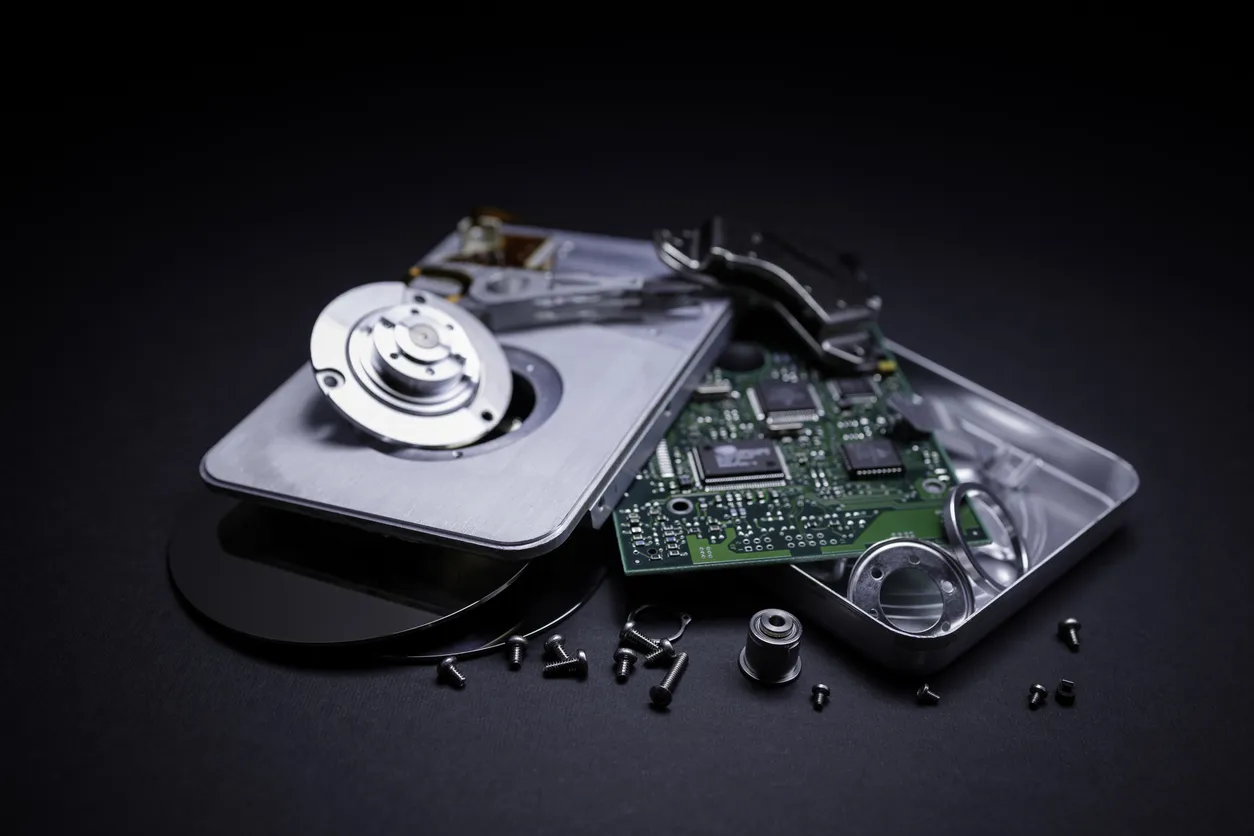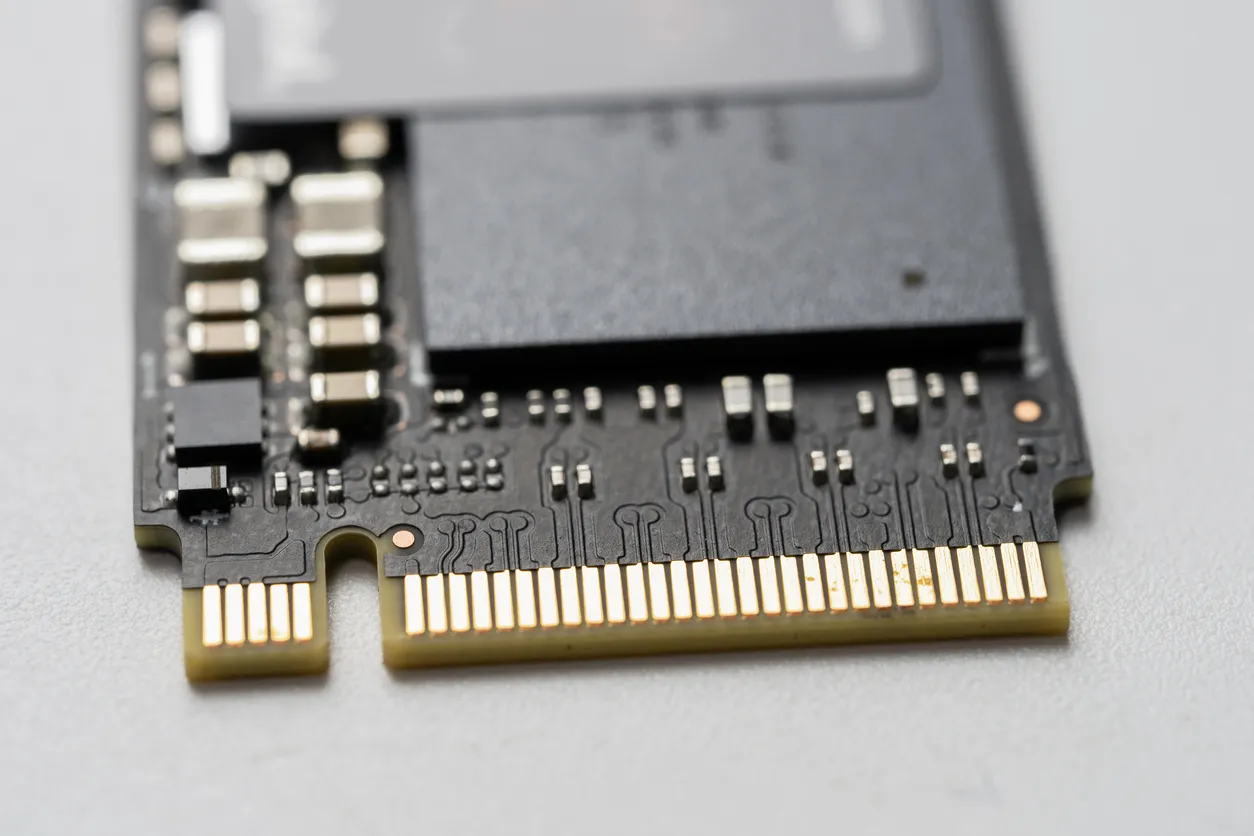Hard Drive Destruction Standards: What UK Organisations Must Know in 2025
Why Hard Drive Destruction Matters
- GDPR compliance
- Protection against fines and reputational damage
- Assurance for customers and stakeholders
The Key Standards for Hard Drive Destruction
GDPR
ISO Standards
- ISO 27001 – Information Security Management
- ISO 9001 – Quality Management
- ISO 14001 – Environmental Management
These certifications demonstrate that a provider’s processes are secure, consistent, and environmentally responsible.
NIST 800-88
Advances in Hard Drive Destruction: SSDs and Emerging Tech
- Fine-particle shredding (2mm or smaller, as recommended by government guidance)
- Cryptographic erasure where supported
- Specialist handling of emerging storage devices
Global and National Standards for Hard Drive Destruction
- GDPR (UK/EU) – Requires complete and irreversible data destruction
- ISO standards – Cover information security, quality, and environmental responsibility
- NIST 800-88 (US) – Widely recognised global guideline for media sanitisation
- DoD 5220.22-M (US) – Former Department of Defense standard, still referenced in some industries
- NPSA (formerly CPNI, UK) – Provides government-level security guidance, including strict particle size requirements for SSD destruction
Methods of Hard Drive Destruction
- Software-based erasure (NIST-aligned, with verification reports)
- Physical shredding (industrial shredders that reduce drives to particles)
- Degaussing (demagnetising the drive to make data unrecoverable)
Balancing Security and Sustainability
What to Expect from Certified Hard Drive Destruction Services
- Item-level reporting with full audit trails
- Secure collections with chain-of-custody tracking
- Certificates of destruction/erasure for compliance evidence
- Insurance and liability coverage
- Transparent sustainability reporting (reuse before recycle)
Frequently Asked Questions
What types of hard drives require different destruction methods?
How often should organisations review their hard drive destruction policies?
What documentation should organisations keep after hard drive destruction?
- Certificates of destruction/erasure (per asset)
- Item-level audit trails (serial numbers, method used, dates)
- Collection and chain-of-custody records
These documents are critical evidence for compliance audits and regulatory inquiries.
Can organisations perform their own hard drive destruction?
What role does employee training play in hard drive destruction compliance?
What are the costs associated with hard drive destruction services?
- Volume of drives
- Chosen method (erasure, shredding, pulverisation)
- Provider certifications and reporting detail
Physical shredding tends to cost more than erasure, but only certified providers can guarantee compliance. Organisations should seek quotes from multiple providers.
What are the consequences of not complying with hard drive destruction standards?
- Heavy GDPR fines
- Loss of client trust
- Regulatory investigations and audits
- Potential legal action and financial loss
Failure to comply can also damage ESG performance and sustainability commitments.
How can organisations ensure their hard drive destruction provider is certified?
What is the difference between physical shredding and software-based erasure?
- Physical shredding: Mechanically reduces drives to particles, making recovery impossible (mandatory for some sectors).
- Software-based erasure: Overwrites data to NIST 800-88 standards and verifies erasure. More sustainable as it allows drives to be reused or resold.






